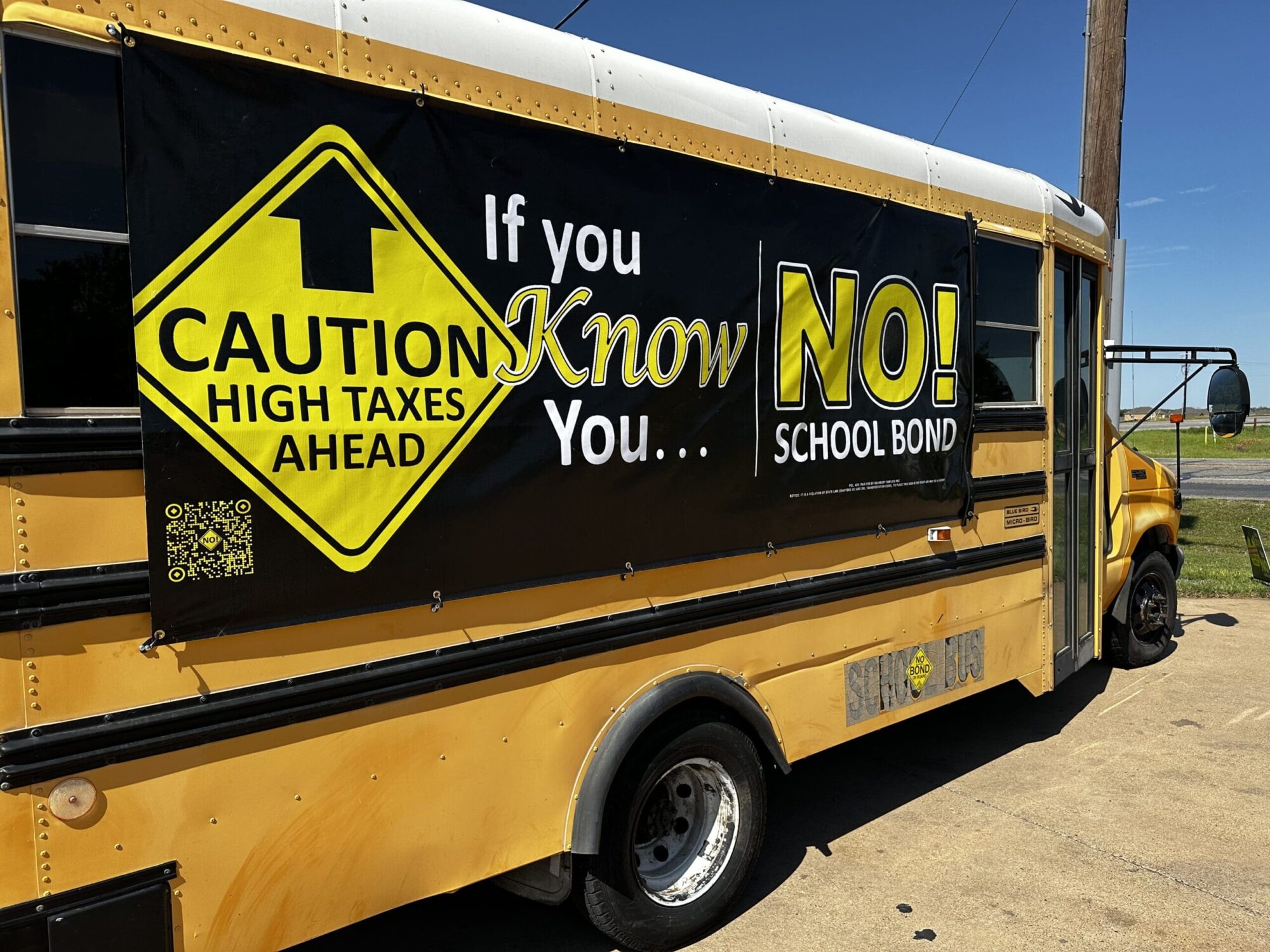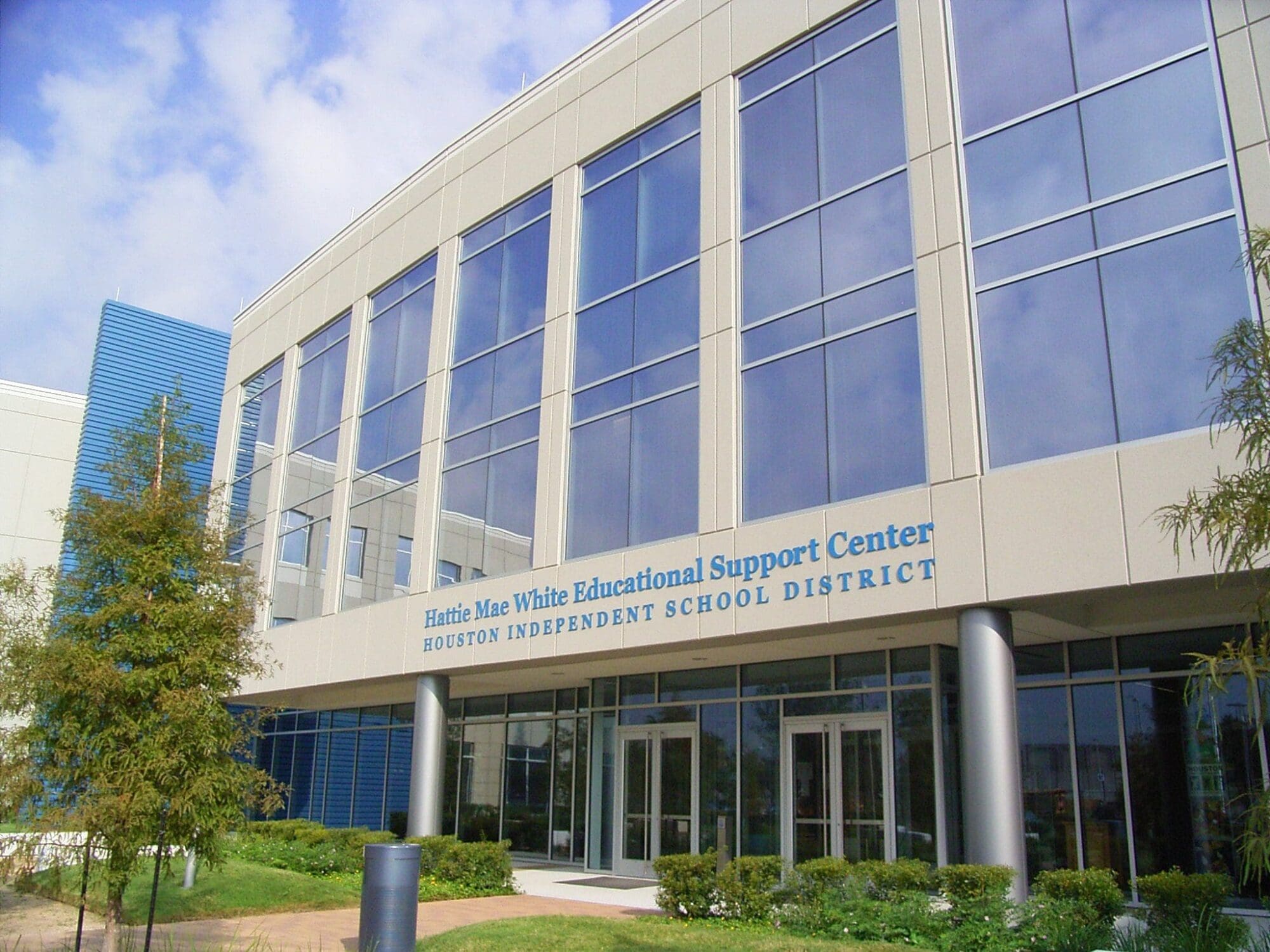As more citizens get involved with their local school boards, more are calling for increased accountability, transparency, and due diligence.
Gone are the days of blind faith in our administrators and our school board trustees. Maintaining the public trust is now critical for the long-term success of public school education.
Certainly, the multimillion-dollar bond packages that school boards are putting before the voters are being scrutinized like never before.
Take, for example, the $703 million bond proposal that the Lake Travis Independent School District board of trustees voted to put on the November ballot.
While the administration’s presentation provided answers to some of the questions raised by voters through public comments, social media sites, and emails, other questions were not addressed (or in some cases, ignored) as even more surfaced.
One example of a discrepancy is the inclusion of short-term expenses in the 30-year bond.
Although bond propositions are typically used for capital improvement projects and infrastructure maintenance, the LTISD propositions include $972,000 for uniforms and $1.8 million for curriculum and instructional materials. Neither of these items have a long life, yet they are included in the bonds.
Other items included in the bond proposition also raised questions about wants versus needs.
Is a baseball concession stand estimated at close to a million dollars, or a $44 million competition arena, prudent given our economic outlook and daily struggles to afford gas for vehicles and food for the table?
These, like many other concerns, were overlooked as the bond process pushed forward.
As the bonds are now approved for the ballot, voters should ask the following before making a voting decision:
- What exactly are the projects in the bond propositions?
- Are they all necessary and well vetted?
- What financial concerns and risks are also inherent?
Voters want to feel confident that their hard-earned tax dollars are being used judiciously and gaining the best value for the education of the community’s youth. It is only prudent that voters conduct their own due diligence to lead them to the ultimate up-or-down vote in November, and not just rely on the “advocates” who will be canvassing the neighborhoods.
A “follow the money” approach is prudent, as some of the “advocates” have direct financial relationships with the school district, so they bring a biased point of view.
Since history is one of the best educators, it’s instructive to look at questions that continue to surface about the district’s management of the 2018 bond—which, at $253 million, pales in comparison to the $703 million that district officials are asking for in 2022.
The “2018 Bond Program Summary” report published in the LTISD July 2022 BoardBook shows the Facilities Condition Assessment (FCA) Program has a $14.5 million overrun from the original $36.6 million budget.
How did this situation occur? A month-by-month recap of the summary was prepared and published on a new website (LTISDTransparency.org) created to provide taxpayers with insights and commentary to consider as they contemplate their vote for the November bond election.
According to BoardBooks on the official Lake Travis ISD website (LTISDSchools.org), the original FCA budget was amended eight times, from a $1.1 million decrease in 2018 to increases from July 2019 through November 2021 ranging from $290,000 to $9.7 million.
There is no explanation of these budget amendments on the LTISD website. It is unclear whether the trustees approved, permitted, or were just silent on the amendments to the 2018 bond budgets; but given that the 2022 bond proposal has $38.7 million allocated to FCA and many, many multimillion-dollar projects, the board needs to address some fundamental financial control questions:
- Who is responsible for the financial management of the capital projects that are within the bond budgets?
- Shouldn’t the trustees be overseeing budget changes with specifics?
- Shouldn’t the public be informed and accurate project status be maintained for public view?
- Are vendors, consultants, architects, and construction companies being held accountable?
- What safeguards are in place so voters know that when they approve a multimillion-dollar bond, those funds are used for the purposes stated in the bond communication material, and not redirected or reallocated at the whim of the trustees or the administration?
- How are requests against the 3 percent contingency (projected at $12 million for the 2022 bond proposal) managed, and what improvements can be made to ensure that the contingency is used in appropriate project change control processes?
- What is the confidence level of the estimates and what are the risk mitigation strategies to help maintain financial control, at both the project level and at the bond portfolio level?
The public wants to support school improvements; however, financial improvements are required.
In the case of Lake Travis ISD, the building of a second high school has community support, but there are a lot of questions about proposed bond expenditures and historical bond data.
LTISD bond debt—which must be repaid, with interest, by local property taxpayers—would reach the $1 billion mark if these bonds are approved by the voters.
As the debt increases, the bar for acceptance increases. The public needs and deserves more due diligence with estimates and awards, more accountability for maintaining project scope, more choice on large athletic and infrastructure expenditures, and importantly, improved financial accountability and controls.
This is a commentary published with the author’s permission. If you wish to submit a commentary to Texas Scorecard, please submit your article to submission@texasscorecard.com.





